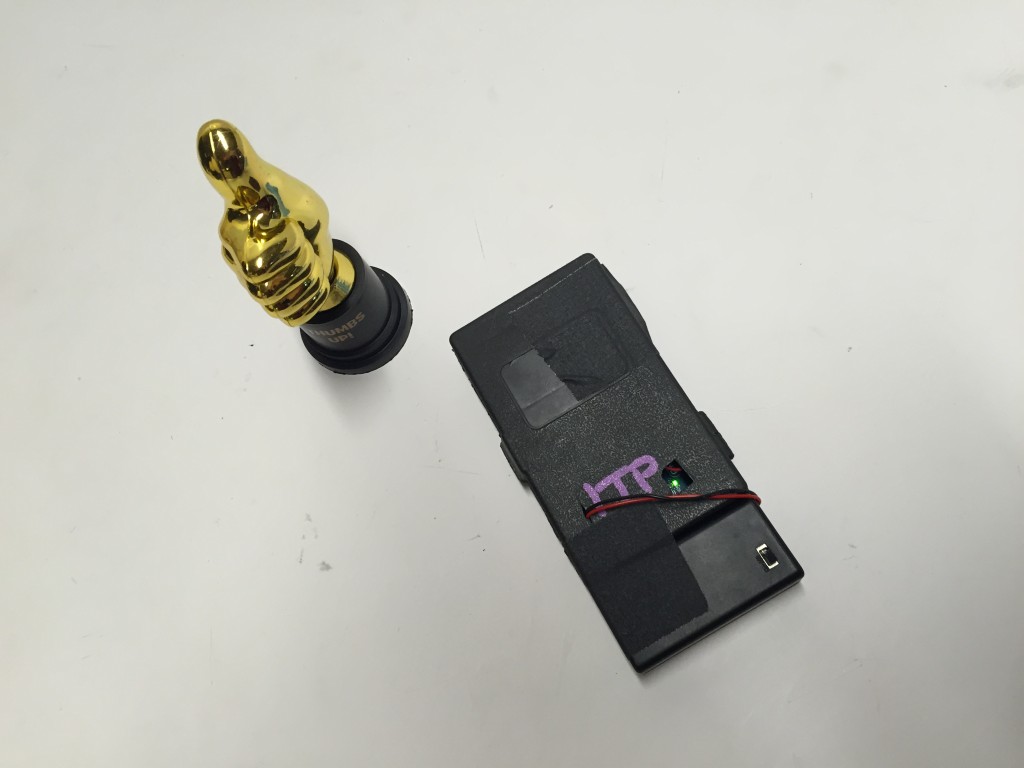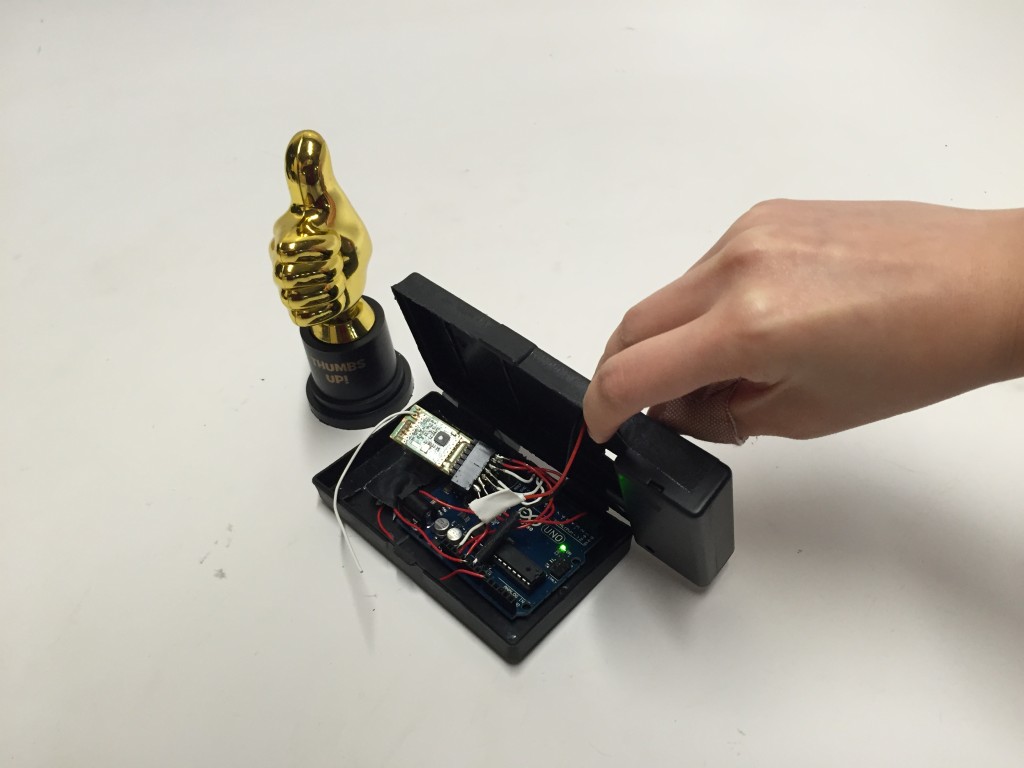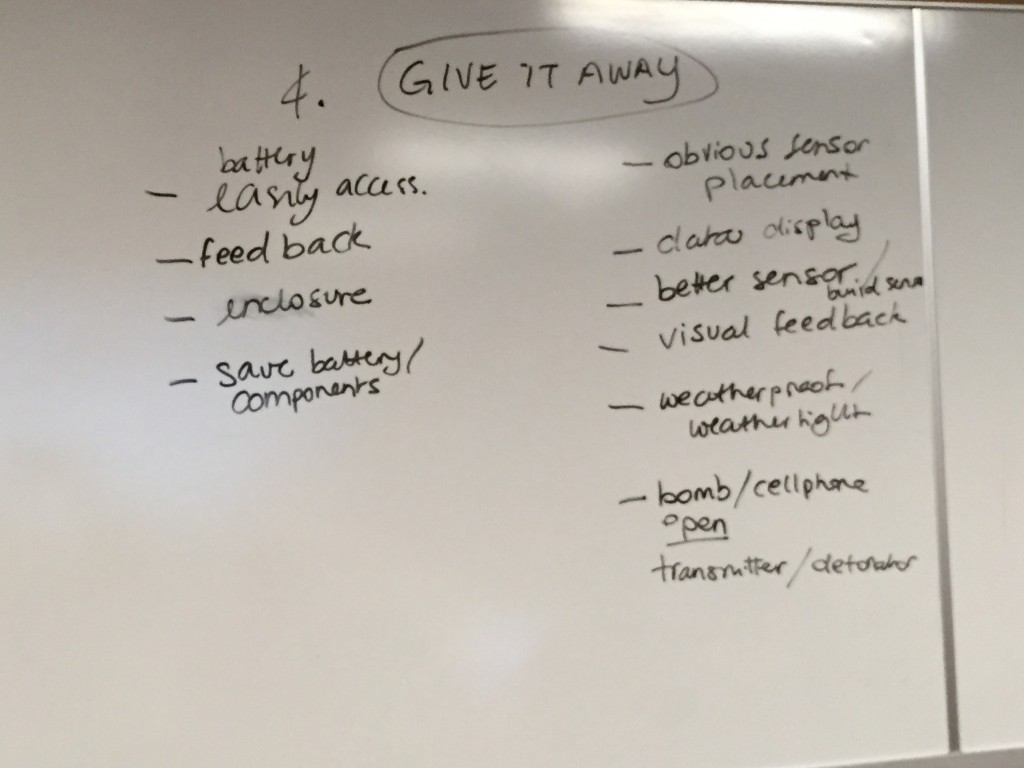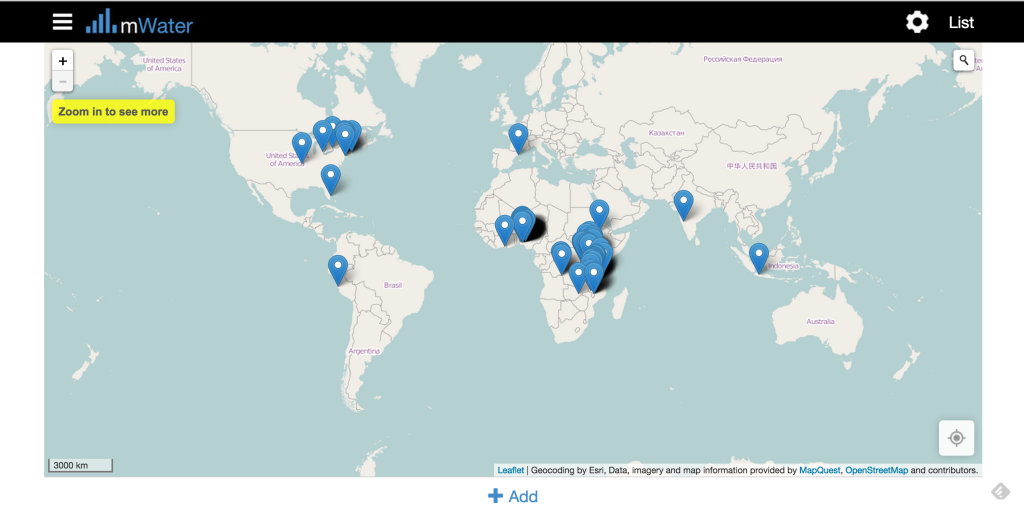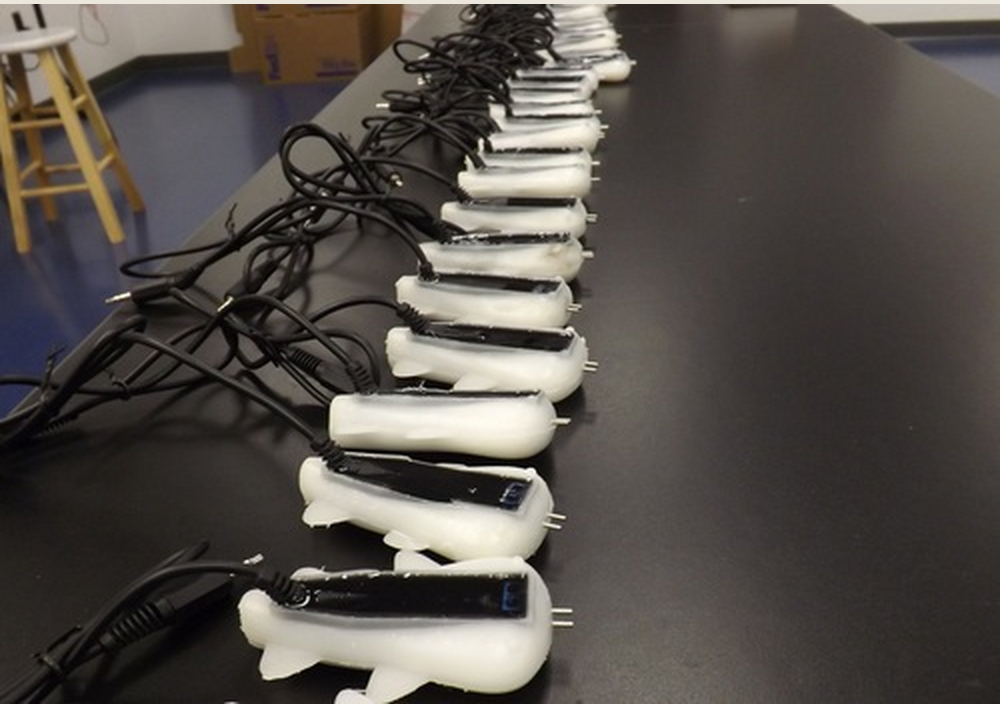A thematic area for the Global Center for Food Systems Innovation Competition was Weather data for climate-smart agriculture.
From background information provided by the competition, major problems in this area can be summarized as the following:
- farmers lack access to weather data
- there is little weather based guidance for producing better yield
- efforts to gather weather data are not coordinated and/or high cost
- there is a lack of two way communication between government agencies and farmers
So the objectives for the proposal includes:
- low cost weather network at national scale
- education program for farmers
- two way communication system
Since we are learning about networked sensors I decided to focus my attention on low cost weather network at national scale, and research topics related to the development of such network.
Wireless sensor network: remote sensing
Before starting on anything else, I had to get a good understanding of what remote sensing network entails. Not only this is the main objective of the proposal, but it’s also what we’ll be learning in class.

Wireless Sensor Network
A wireless sensor network are spatially distributed autonomous sensors to monitor physical or environmental conditions, such as temperature, sound, pressure, etc. and to cooperatively pass their data through the network to a main location. One of the sensor node would include radio transceiver with antenna, microcontroller, electronic circuit, and energy source. And the nodes can be connected to each other and to the central computer in various types of networks, from a simple star network to a multi-hop mesh network.
There are different platforms to collect and access the data from a WSN. Since one of the other objective of the proposal is to better facilitate sharing of data between farmers and government agencies, I’m most interested in the online platforms because they would allow the data to be accessible to anyone connected to the internet. For this purpose, the Wikisensing API seems like a good resource. It’s an open sensor data management platform comprising a set of RESTful web services, and makes use of the POST, GET and DELETE methods of the HTTP protocol.
Low cost Arduino weather stations
In the background information, Arduino weather station was mentioned for prototyping proof of concept for low cost weather stations. Just to get a sense of what’s out there, I looked into this a little bit. Most of the hobbyist sites, such as Adafruit, Instructables, and PracticalArduino, provide a tutorial on building an Arduino weather station.

DIY Arduino Weather Station
What’s interesting is that a lot of people making these DIY weather stations are using them for monitoring wind speed for kite surfing and hand gliding. Another community of DIY weather station builders is part of the home weather stations network.
Existing weather station networks
Talking about the home weather station network, I found an online platform for personal weather enthusiasts, Weather Underground. It consists of weather enthusiasts who report live weather data from weather stations located on their houses or in their backyards.

Personal Weather Station Network
Other existing weather station networks includes Washington State University’s AgWeatherNet and US Department of the Interior’s AgriMet Network.
Other resources and related solutions
National Climatic Data Center (NOAA)
- responsible for preserving, monitoring, assessing, and providing public access to the Nation’s climate and historical weather data.
Deep Thunder
- research project by IBM that aims to improve short-term local weather forecasting through the use of high performance computing. This is the same computing that technology that developed the Deep Blue chess computer.
